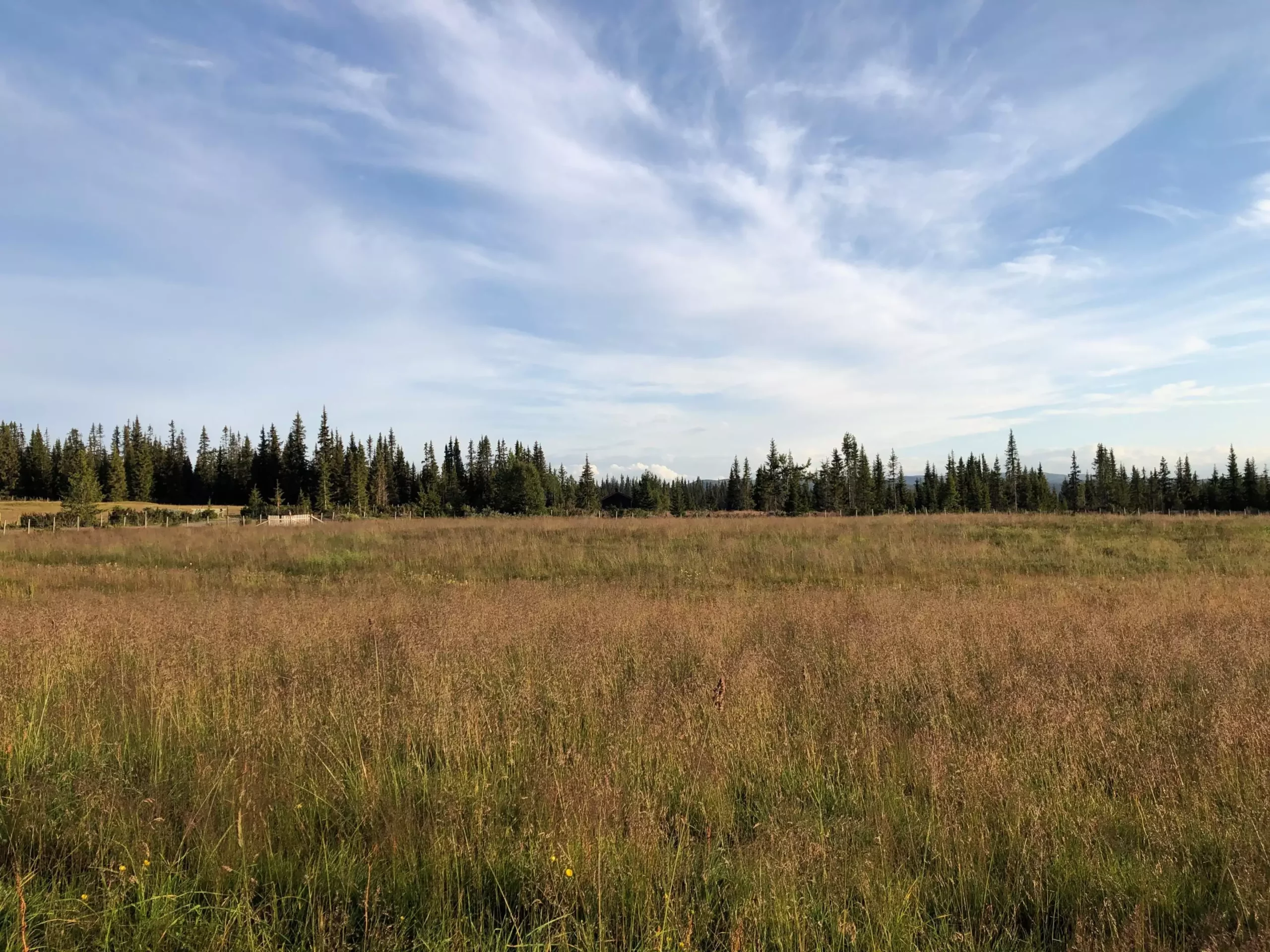Climate change is reshaping our planet in ways that threaten the delicate balance between food and timber production. With rising temperatures and shifting weather patterns, regions previously unsuitable for agriculture are becoming prime territory for growing crops. Meanwhile, the land dedicated to timber production faces unprecedented pressure, sparking a new competition for resources that is largely overlooked. This article delves into the findings from a recent study by researchers at the University of Cambridge, revealing alarming trends and the urgent need for sustainable management practices that account for the intertwined futures of agriculture and forestry.
Shifting Landscapes: The New Agricultural Frontier
As global warming progresses, many agricultural areas are migrating northward, leading to a significant transformation in where and how we produce food. The shifting climate has been beneficial for certain crops, with examples like vineyards flourishing in places like the UK, a historic anomaly. However, the rapid expansion of arable land into new territories means that timber-rich regions face enormous pressures. The study highlights that about 320 million hectares—or roughly the size of India—currently devoted to forestry will become increasingly suitable for agriculture by the end of the century if climate trends continue unchecked.
This transformation is especially impactful in the northern hemisphere, where most forestry operations occur. Countries like the United States, Canada, China, and Russia are facing dramatic land-use shifts. In particular, Russia is predicted to see some of the most significant changes, with vast forests potentially converted to agricultural land. This raises questions about long-term sustainability and the implications of diminishing forest stocks versus increasing agricultural yields.
The study sheds light on the ethical dilemma posed by the increasing competition for land. Timber serves as an essential resource in everyday life, contributing over $1.5 trillion to global economies each year. Yet, the push for more agricultural land could encroach upon remaining primary forests, which are crucial for biodiversity. Forests not only support complex ecosystems but also act as important carbon sinks vital for combating climate change.
Dr. Oscar Morton, a co-author of the research, emphasizes the crucial need for foresighted planning. Cultivating trees is a long-term commitment, with slow growth cycles that contrast sharply with the relatively quick turnover of food crops. Protecting existing timberland while simultaneously increasing agricultural outputs necessitates nuanced strategies that harmonize the production of both resources. The challenge lies in proactively managing land use effectively, countering a future where food and timber can no longer coexist peacefully.
Projected Demands: An Unsustainable Future?
Future projections for food and wood demand paint a concerning picture. With an estimated doubling of global food demand by 2050 due to population growth and increasing affluence, the need for sustainable agricultural practices has never been more pressing. Simultaneously, the growing demand for wood as a low-carbon alternative to conventional construction materials will further intensify competition for land.
The researchers underscore that even in optimistic scenarios where net-zero carbon targets are met, significant changes in land suitability will still occur. This reality leads to the paradox where both timber and food security become increasingly fragile. The insights from this study reveal the multifaceted challenges posed by climate change, but also indicate a lack of comprehensive strategies to mitigate these effects.
As the study by Cambridge researchers suggests, a dual strategy is needed to secure both food and timber supplies in a changing climate. The pressures of climate change on timber production are now compounded by agricultural demands, creating a “perfect storm” of challenges. Preventing the encroachment of agriculture into pristine forests must be paired with innovative solutions that leverage sustainable agricultural practices.
Institutions and policymakers must develop frameworks that promote responsible land use and prioritize the longevity of forest ecosystems. For instance, agroforestry could offer a middle ground, simultaneously yielding food and timber while protecting biodiversity. Encouraging sustainable practices, reforestation efforts, and technological interventions can elongate the productive life of both crops and forests.
The interplay of climate change, timber, and food production unveils a complex web of challenges we must confront. The alarming revelation that competition for land may soon reach critical levels calls for urgent attention from stakeholders across the globe. By instituting comprehensive policies now, promoting sustainable practices, and fostering innovation, we can potentially safeguard our future food and wood supplies. This is not merely an ecological issue but a multifaceted challenge where society must find equilibrium to ensure both resources thrive in harmony.

